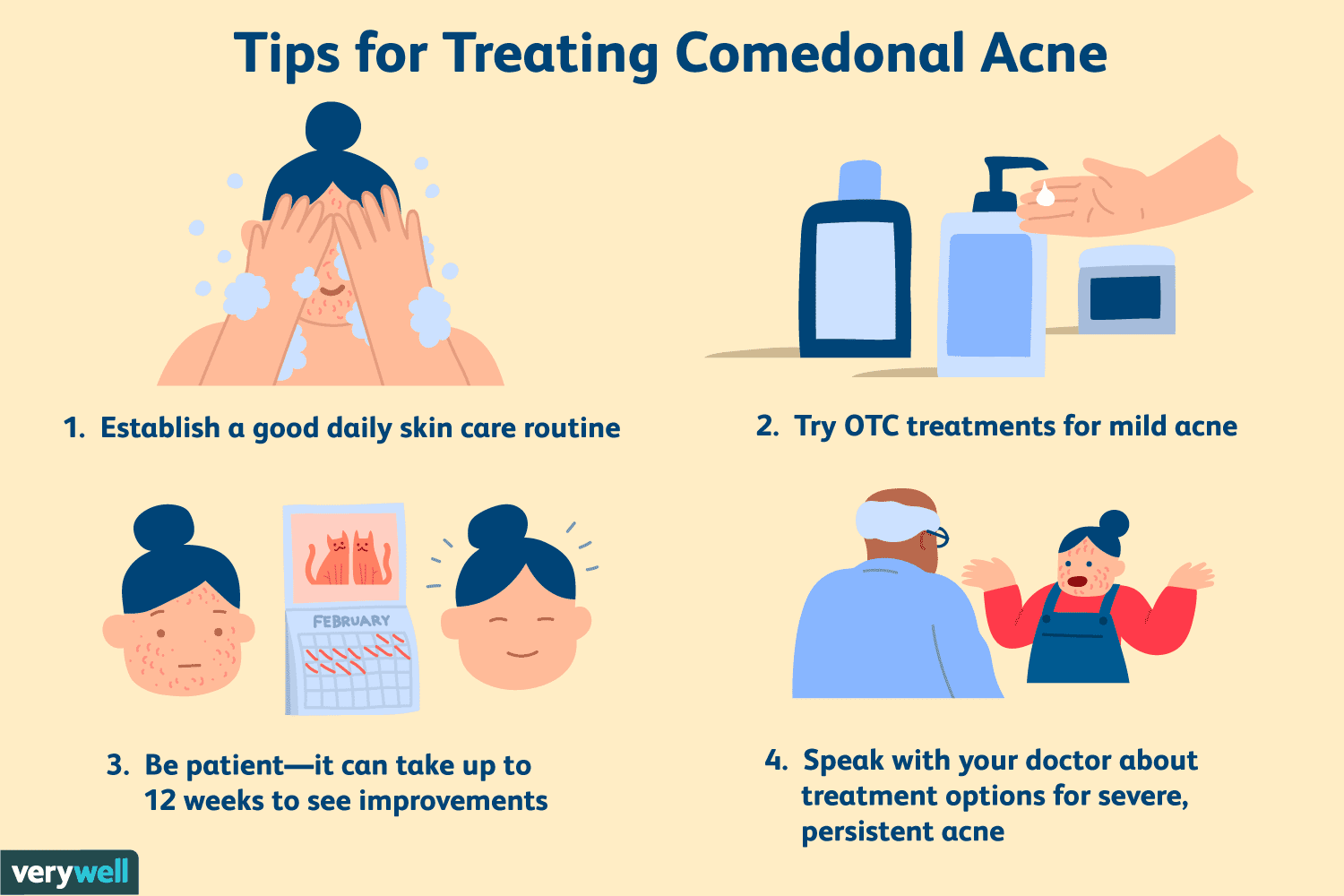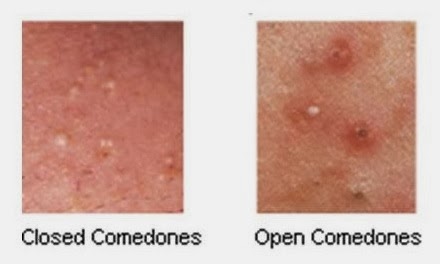
Comedonal acne is the result of clogged sebaceous ducts. These clogged ducts are often located in the neck or back of the skin and can be extremely hard to treat. Fortunately, the good news is that there are many treatments available that will get rid of your comedonal acne and prevent a recurrence. Continue reading to learn more about the signs and symptoms of comedonal acne and how to treat it.
Although comedonal acne looks like typical acne, there are some ways to cure it without resorting to harsh chemical treatments. First, you can try treating your acne naturally by avoiding oily cosmetics. Another good way to treat comedonal acne is to eat a diet rich in fiber and avoid smoking. These tips will help you get rid of your acne in the shortest amount of time. And remember, your acne should always be addressed by a qualified medical professional.
While comedonal acne does not look like typical acne, it does look different than typical acne. These bumps are usually small, flesh-colored and do not swell nor do they release pus. You may have more comedos than usual, but this does not mean that you will never get pimples. In fact, this condition tends to run in families. If you have a family history of comedonal acne, you're at a higher risk for developing the condition.
What are the symptoms of comedonal acne? The pilosebaceous duct contains a gland called a comedone, which produces sebum. Sebum coats the skin and keeps it moist. It can also produce excess keratin, which blocks the pore. And if you have comedoes, you won't necessarily develop pimples. Fortunately, it's not unusual for acne comedonal acne to appear on the neck, back, chest, or shoulder.
The first sign of comedonal acne is inflammation of the follicle. Inflammation will cause the comedones to swell and form pus. Moreover, they may cause severe pain. Picking them will lead to scarring and a painful follicle. The skin will produce more sebum than normal. During the treatment process, the acne may not cause any visible signs.

The second symptom of comedonal acne is swelling. Inflammatory acne causes red and inflamed blemishes, whereas comedonal acne does not. The most common signs of comedonal acne are red bumps with no pus. They usually do not contain pus. People with comedonal acne should wash their faces with warm water every day and apply a moisturizer afterward.
The third symptom is inflammation. The redness of the comedones is similar to that of the acne inflamed lesions. However, the color of the comedones is different. Inflammation in the skin causes a red blemish. This is a sign of inflammatory acne. Inflammatory acne causes inflammation in the skin. This means that you should take care of your acne. You should make sure that your comedones do not rupture. If your comedones are getting bigger, consult a dermatologist.
If you experience any of the symptoms of comedones, you should contact your doctor immediately. Your acne may not be inflammatory. This may be due to a more serious medical condition. In addition to the underlying cause, it is important to seek treatment from a dermatologist. This condition can be treated naturally or with traditional methods, which you can read more about at IGS. If the inflammatory lesions are causing redness or inflammation, you should avoid wearing makeup, using too much oil, or smoking.
If you suffer from comedones, you should see a dermatologist. This type of acne is not inflammatory. Instead, it looks like small closed bumps on the skin. A comedo is a sebaceous duct that has a blocked, clogged duct. These bumps are a sign of inflammation. As you can see, comedonal acne has several symptoms.
While acne can appear anywhere on the body, comedonal acne can appear anywhere on the body. Most often, comedonal acne is localized on the face, but they can appear anywhere. Besides being unsightly, having a pimple on your face can be embarrassing. It can also lead to emotional problems. If you suffer from chronic comedones, you should avoid harsh cleansers.